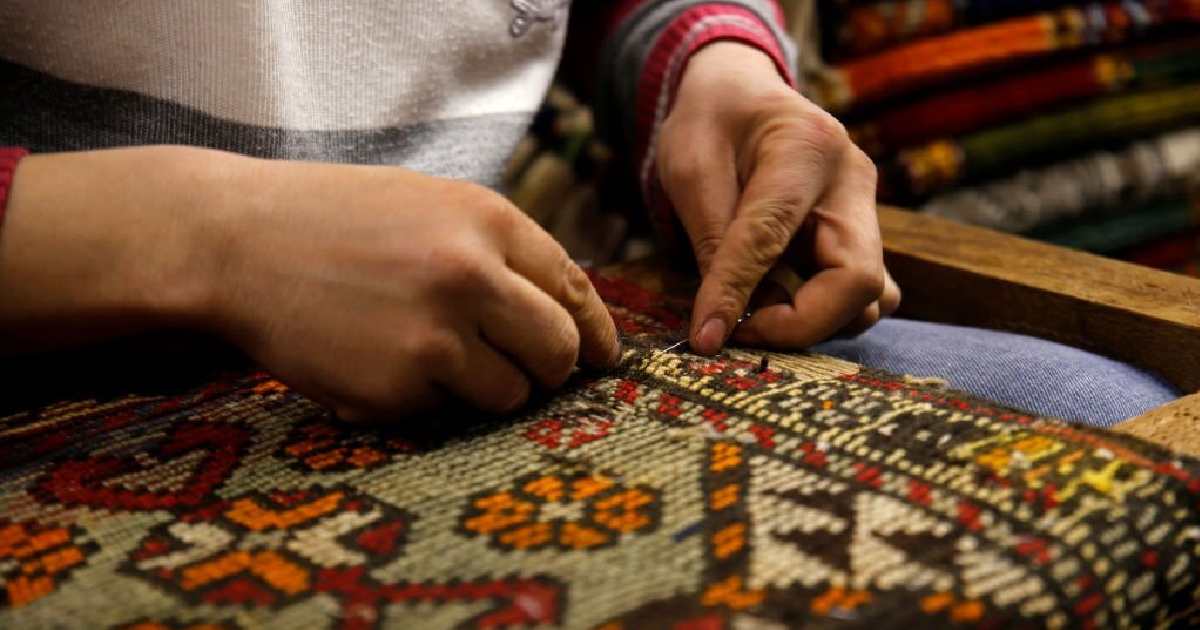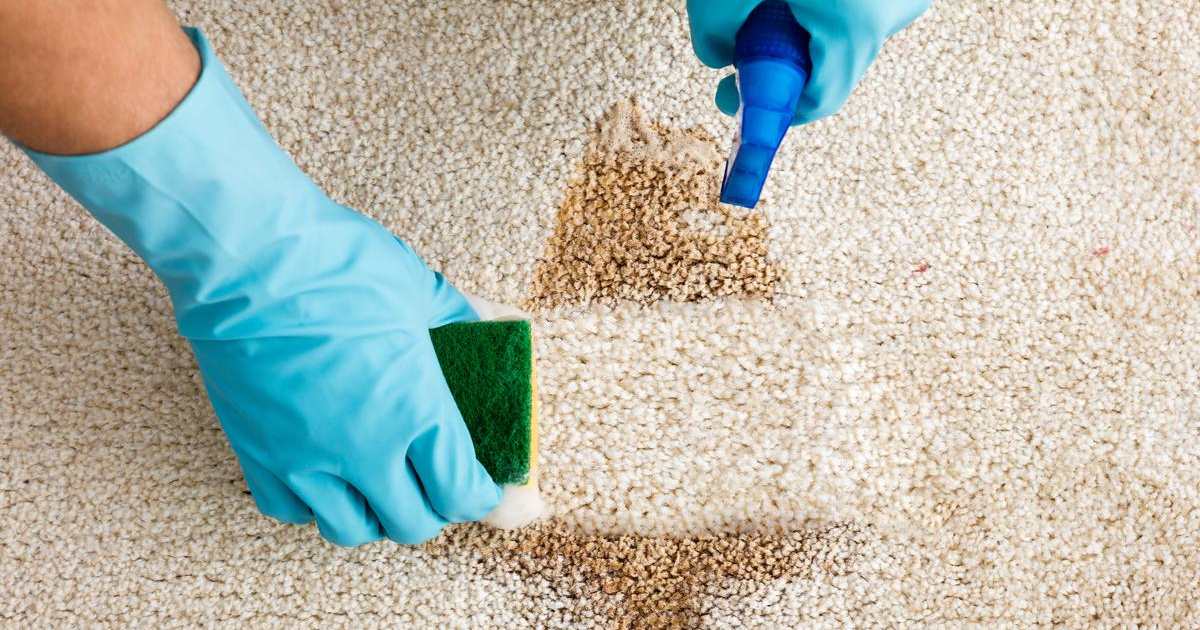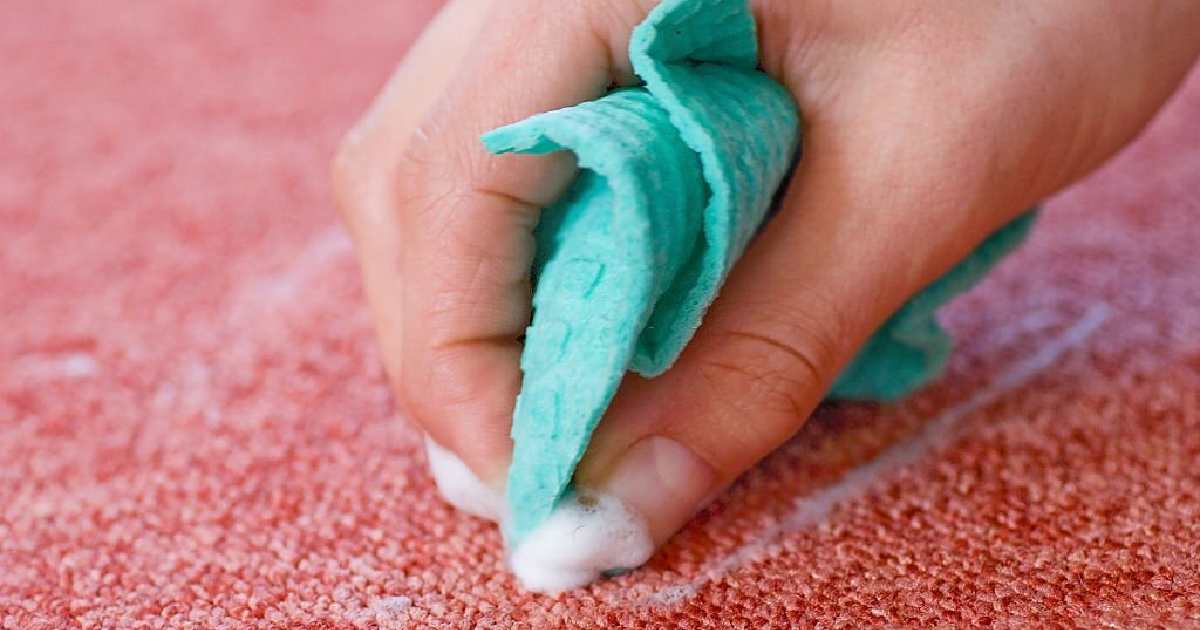Carpet Restoration: Bringing Life Back to Old and Worn Carpets

Carpets play a significant role in enhancing the aesthetics and comfort of a space. Over time, however, even the most durable and high-quality carpets can become worn, faded, and stained, losing their original charm. However, constant foot traffic, spills, pet stains, and the passage of time can take a toll on carpets, leaving them looking tired and worn out. The thought of replacing these carpets may seem like the only solution, but there’s a more cost-effective and sustainable alternative: carpet restoration. Fortunately, carpet restoration offers a solution to rejuvenate these old carpets, breathing new life into them and restoring their original beauty.
Over here in this blog post, we will explore the process of carpet restoration, a cost-effective and efficient solution to breathe new life into old and worn carpets, revitalizing the beauty of your space.
What exactly is carpet restoration?
Carpet restoration involves the process of reviving worn and damaged carpets to their former glory. It goes beyond mere cleaning and focuses on repairing, reweaving, and restoring the carpet’s color, texture, and overall appearance. Restoration is a favorable option as it not only saves money compared to carpet replacement but also contributes to sustainability by reducing waste.
The restoration process begins with a thorough assessment of the carpet’s condition to determine the extent of the damage and wear. This assessment helps in identifying specific issues that need to be addressed during the restoration process. Once the assessment is complete, the restoration experts move forward with the appropriate cleaning, repairing, and restoration techniques.
Assessing the Condition of the Carpet
Before embarking on the restoration journey, it is crucial to assess the condition of the carpet comprehensively. This assessment involves a meticulous inspection to identify stains, discoloration, fading, loose seams, frayed edges, tears, holes, burns, and other signs of damage. By understanding the carpet’s current state, restoration professionals can develop a tailored plan to address each issue effectively.
Identifying Signs of Wear and Damage
The first step in assessing your carpet’s condition is to closely examine it for any visible signs of wear and damage. Faded color is a common issue, especially in areas exposed to direct sunlight. Look for areas where the carpet’s original color has significantly diminished, leaving it dull and lackluster.
Frayed edges are another telltale sign of a worn carpet. Over time, the edges of a carpet can become frayed or unravel, giving it a tattered appearance. Carefully inspect the edges of your carpet to determine if this is a problem that needs to be addressed during the restoration process.
Visible stains are often a cause for concern, as they can detract from the overall beauty of the carpet. Whether it’s a spill, pet accident, or other mishaps, stains can be stubborn and unsightly. Take note of any visible stains and consider their severity and permanence when assessing the condition of your carpet.
Matting refers to the compression and flattening of carpet fibers, resulting in a worn and matted appearance. High-traffic areas are particularly susceptible to matting, as constant foot traffic causes the fibers to become compressed and lose their original texture. Examine your carpet for any areas of matting and consider whether restoration can help revive its texture.
Determining the Carpet’s Restorability
Once you have identified the signs of wear and damage, it’s important to evaluate the overall restorability of your carpet. Several factors come into play when making this determination, such as:
- Older carpets may have experienced more wear and tear, making restoration more challenging. However, even older carpets can often be successfully restored with the right techniques and expertise.
- Evaluate the overall condition of your carpet. If the damage is limited to specific areas and the majority of the carpet is still in good condition, restoration is a viable option. However, if the carpet has extensive damage, such as significant staining or structural issues, replacement may be a more practical solution.
- The type of carpet fibers also affects its restorability. Different carpet materials, such as nylon, polyester, wool, or blends, have varying durability and respond differently to restoration techniques. Consult with a professional restoration service to determine the best approach for your specific carpet fiber type.
By carefully assessing the condition and restorability of your carpet, you can make an informed decision about whether carpet restoration is the right choice for you. Restoration can be a cost-effective and sustainable alternative to replacement, allowing you to enjoy the beauty of your carpets for years to come.
DIY Carpet Restoration Tips
For those who prefer a hands-on approach, carpet restoration can be attempted as a DIY project. However, it is crucial to understand the limitations and consider seeking professional help for extensive damage or delicate carpets. Here are some essential tips to help with a DIY carpet restoration project:
- Begin with a thorough assessment of the carpet’s condition.
- Research appropriate cleaning methods and products for your carpet’s material.
- Follow manufacturer instructions and test any cleaning agents on a small, inconspicuous area first.
- Take necessary safety precautions, such as wearing gloves and protective eyewear when using cleaning chemicals.
- Repair minor damage, such as loose seams or frayed edges, using appropriate adhesive or binding techniques.
- Use caution when attempting to patch or reweave damaged sections, as this requires advanced skills.
- Consider renting professional-grade equipment, such as carpet cleaners or steamers, for more effective results.
- Be patient and thorough during the restoration process, ensuring each step is completed with care.
It is important to remember that DIY restoration may not always achieve the same level of results as professional services. When in doubt or faced with extensive damage, consulting a professional restoration company is the wisest choice to ensure the best possible outcome.
Now, let’s cover some DIYs that you can do to maintain or restore your carpet.
1. Vacuuming and Spot Cleaning
Start by thoroughly vacuuming your carpet to remove loose dirt, dust, and debris. Use a vacuum cleaner with a brush attachment to agitate the carpet fibers and ensure a deep clean. Pay extra attention to high-traffic areas and spots with visible dirt or stains.
For spot cleaning, tackle spills and stains as soon as they occur. Blot the affected area with a clean cloth or paper towel to absorb as much liquid as possible. Avoid rubbing the stain, as it can spread and further damage the carpet fibers. Use a mild detergent or a carpet stain remover specifically formulated for the type of stain you’re dealing with. Follow the product instructions carefully, and test it on a small, inconspicuous area first to ensure it doesn’t cause discoloration or damage.
2. Carpet Grooming
To restore the texture and appearance of your carpet, consider carpet grooming. Use a carpet rake or a stiff-bristled brush to gently fluff up the carpet fibers. This helps to remove matting, revive the carpet’s texture, and enhance its overall appearance. Focus on areas that have become flat or matted due to heavy foot traffic.
3. Using Carpet Cleaning Products and Stain Removal Techniques
If your carpet requires a deep clean, you can rent or purchase a carpet cleaner or steam cleaner designed for home use. Follow the manufacturer’s instructions for proper usage and cleaning solutions. Be sure to use eco-friendly and carpet-safe cleaning products to minimize environmental impact and protect your carpet fibers.
When dealing with tough stains, consider using homemade stain removal solutions. For example, a mixture of white vinegar and water can be effective for removing many types of stains, including coffee, wine, or pet stains. Baking soda can also be used to absorb and neutralize odors before vacuuming.
Remember to always test any cleaning solution or stain removal technique on a small, inconspicuous area of the carpet to ensure it doesn’t cause discoloration or damage. Additionally, avoid using excessive moisture during the cleaning process, as it can lead to mold or mildew growth.
4. Applying Carpet Protectors
To protect your restored carpet and prevent future stains, consider applying a carpet protector. Carpet protectors, such as carpet sprays or sealants, create a barrier that repels liquids and prevents them from penetrating the carpet fibers. Follow the manufacturer’s instructions for application, and reapply the carpet protector periodically to maintain its effectiveness.
Hiring Professional Carpet Restoration Services
While DIY carpet restoration can be a rewarding endeavor, there are certain situations where hiring professional carpet restoration services is the best choice. Professional restoration experts bring extensive knowledge, specialized equipment, and years of experience to ensure exceptional results.
Benefits of Professional Expertise
One of the main advantages of hiring professionals is their expertise in restoring various types of carpets. They possess in-depth knowledge of different carpet materials, fibers, and their unique restoration requirements. Whether you have a delicate wool carpet, a synthetic blend, or a high-pile shag carpet, professionals understand the intricacies of each type and employ appropriate techniques and solutions for optimal restoration results.
Professional restoration companies also have access to specialized equipment that goes beyond the capabilities of household cleaning tools. From powerful industrial-grade carpet cleaners to advanced drying equipment, they have the necessary tools to deep clean, repair, and restore carpets effectively. These tools can extract embedded dirt, remove tough stains, and rejuvenate the carpet’s appearance, resulting in a thorough restoration.
Choosing a Reputable Carpet Restoration Company
When selecting a professional carpet restoration company, it’s important to conduct thorough research to ensure you’re working with a reputable and reliable provider. Start by checking customer reviews and testimonials to gauge the satisfaction levels of previous clients. Positive reviews and recommendations indicate a company’s commitment to quality work and customer service.
Certifications and industry affiliations are also good indicators of a reputable company. Look for certifications from respected organizations in the carpet cleaning and restoration industry. These certifications demonstrate that the company meets industry standards and follows best practices in their restoration processes.
Requesting a Consultation and Estimate
Before committing to a professional carpet restoration service, it’s advisable to request a consultation and obtain a detailed cost estimate. A consultation allows the restoration experts to assess the scope of the restoration project and provide personalized recommendations based on your specific carpet’s needs. This also provides an opportunity to discuss any concerns or questions you may have.
During the consultation, ask about the restoration techniques and processes the company utilizes. A reputable restoration company will be transparent about their methods and explain how they address different types of carpet damage. This helps you gain confidence in their expertise and approach.
Conclusion
Carpet restoration offers a practical and sustainable solution for bringing life back to old and worn carpets. Instead of immediately opting for replacement, restoration allows you to revive the beauty and functionality of your carpets, saving both money and resources in the process.
While DIY carpet restoration can be a viable option for minor issues, hiring professional restoration services brings numerous benefits. Professionals possess extensive knowledge, specialized equipment, and years of experience in restoring different carpet types. Their expertise ensures exceptional results and reduces the risk of further damage.
So, if your carpets have lost their luster and show signs of wear and tear, consider carpet restoration as a cost-effective and eco-friendly alternative to replacement. With the help of professional restoration services, you can breathe new life into your old carpets, enhancing the aesthetics and comfort of your space.
Ali June 18, 2023 Carpet


